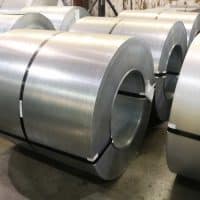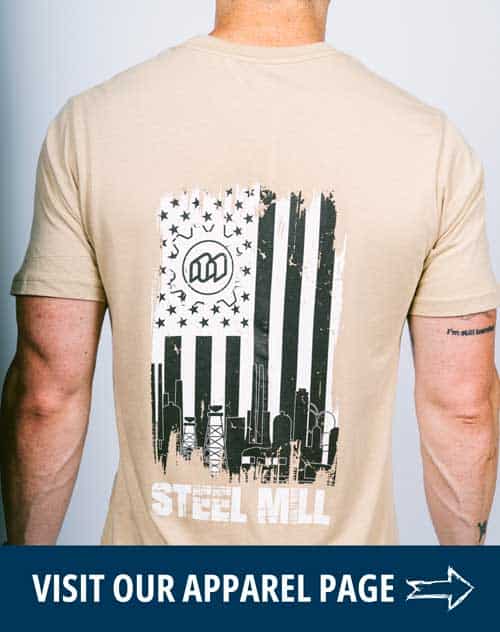What is Drawing Steel?
Drawing Steel (sometimes noted as DS or DQ) specifies the quality of a specific steel product. This type of steel is more ductile than commercial because of higher standards in the making of the steel. As such, it performs better during the manufacturing process. The steel’s low carbon level allows it to be used in welding, yet its relatively low yield (compared to other steels) make it susceptible to fatigue and denting. Common applications include:
- Automotive body panels (doors, hoods, floor pans, roofs)
- Appliance components
- Stamped metal parts requiring significant deformation
Today, DS Type B is used to describe DK or DQSK designated steel. Typical chemical composition for Drawing Steel includes:
- Carbon (C): 0.02%–0.08%
- Manganese (Mn): Max 0.50%
- Phosphorus (P): Max 0.020%
- Sulfur (S): Max 0.030%
Drawing Steel vs. Commercial Steel (CS)
While both are low-carbon steels, drawing-quality steel is made to stricter standards that provide cleaner surface finishes and higher ductility. These qualities make it ideal for parts that require complex forming and a refined appearance.
Commercial-quality (CQ) steel is more general-purpose. It works well for applications where precision forming or surface finish is less important, and it typically comes at a lower cost.


